Skincare
The Best Natural Ingredients for Brightening Skin That Actually Work
If you click on links we provide, we may receive compensation.
Skin brightening doesn’t have to mean bleaching or harsh chemicals. If you’re aiming for a clearer, more radiant complexion, nature offers plenty of ingredients that work gently but effectively. These plant-based actives, oils, and extracts help even out skin tone, reduce hyperpigmentation, and bring out your natural glow – without stripping or irritating the skin.
Here’s a look at some of the best natural ingredients for brightening skin, how they work, and the products that make the most of their power.
Why Choose Natural Brightening Ingredients?
Uneven skin tone, dark spots, and dullness are common concerns. Many people reach for products labeled “brightening,” but some of them rely on synthetic lighteners or harsh exfoliants. Natural ingredients, when properly formulated, can support a more gradual and skin-friendly improvement. They’re less likely to cause irritation and often come with added benefits like antioxidant protection or hydration.
Can Vitamin C from Nature Brighten Skin?
Yes. And it’s one of the best-researched brightening ingredients – natural or not. Vitamin C, especially from natural sources like Kakadu plum, acerola cherry, or citrus extracts, helps fade pigmentation by inhibiting the enzyme tyrosinase, which drives melanin production. It also boosts collagen, fights free radicals, and improves overall tone.
Look for stabilized vitamin C derivatives in natural formulas, or serums with whole plant extracts that are rich in ascorbic acid.
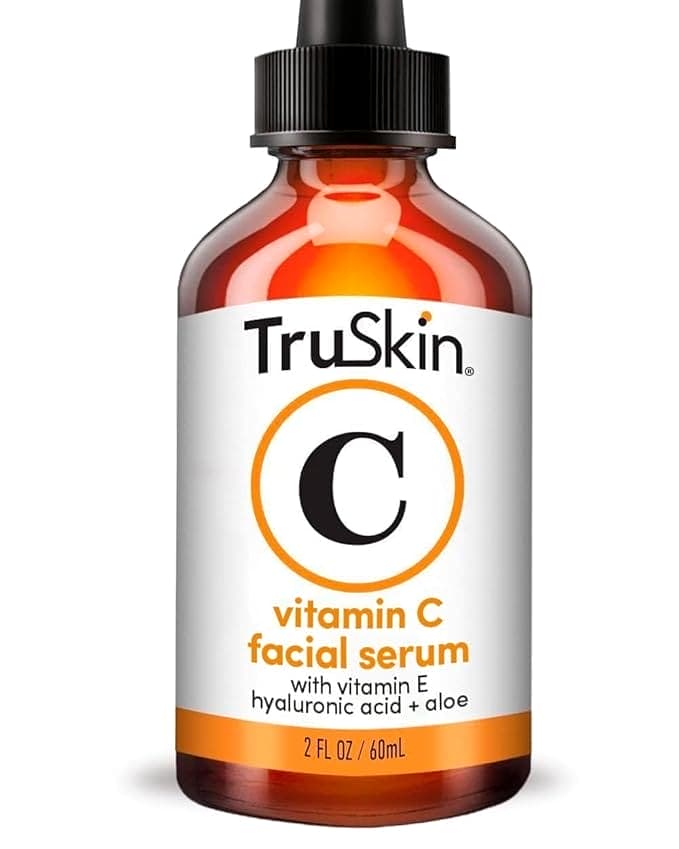
TruSkin Vitamin C Serum for Face – with botanical hyaluronic acid, vitamin E, and aloe vera
https://amzn.to/4ewglY6
How Does Licorice Root Help with Pigmentation?
Licorice root extract contains glabridin, which has been shown to inhibit melanin synthesis. It also has anti-inflammatory properties, making it a gentle option for those with sensitive or acne-prone skin.
It’s often found in brightening serums, masks, and spot treatments, especially in Korean and clean beauty products.
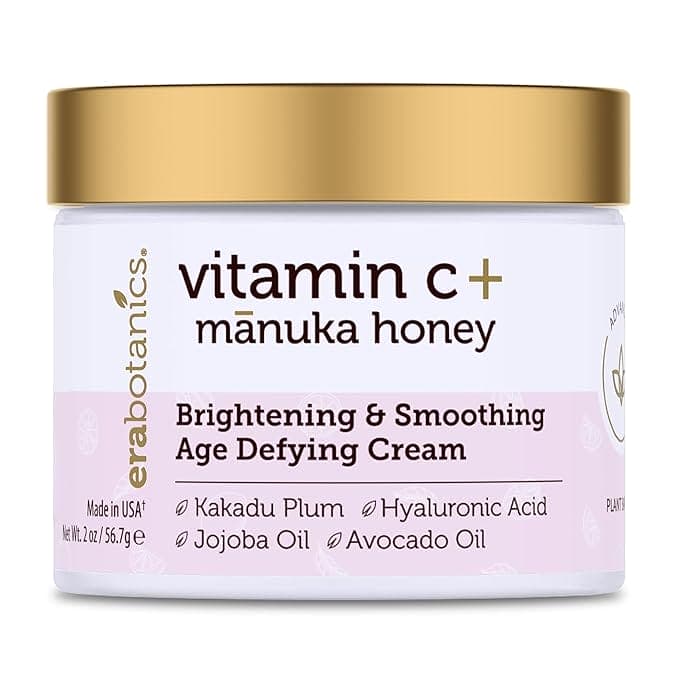
Era Organics Vitamin C Face Cream – with licorice root, aloe vera, and jojoba
https://amzn.to/3TJURh3
What About Niacinamide? Is That Considered Natural?
Technically, niacinamide (Vitamin B3) is a lab-synthesized form of a naturally occurring vitamin. It’s not a plant extract, but it’s considered safe and effective in natural-leaning skincare. It reduces hyperpigmentation, strengthens the skin barrier, and regulates oil production.
When paired with natural humectants and oils, niacinamide plays a strong supporting role in brightening regimens.
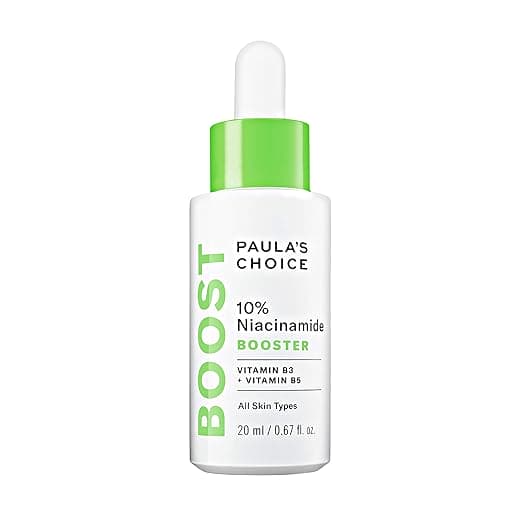
Paula’s Choice BOOST 10% Niacinamide Serum – lightweight, fragrance-free formula
https://amzn.to/44Byzmt
Can Turmeric Actually Brighten Skin?
Yes – turmeric has a long history of use for brightening and clarifying skin. Its active compound, curcumin, is a powerful antioxidant and anti-inflammatory agent. It helps reduce redness, fade spots, and improve overall tone.
Because turmeric can stain, look for products that balance it with oils or soothing botanicals.
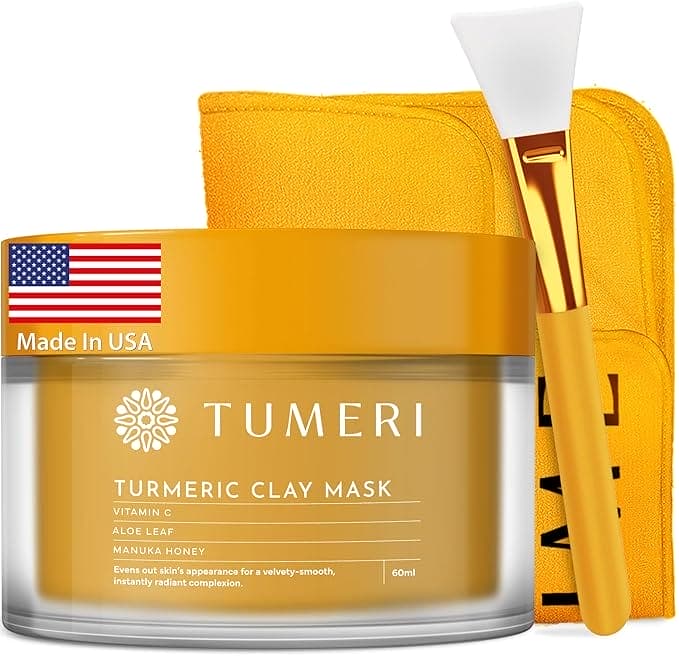
APPLY Turmeric Vitamin C Clay Mask – includes turmeric, vitamin C, and kaolin clay
https://amzn.to/4lh2TKm
Is Arbutin Safe and Natural?
Arbutin is derived from bearberry, and it naturally inhibits tyrosinase, the enzyme involved in pigment formation. It’s considered one of the most effective natural brightening agents. While alpha-arbutin is synthetically stabilized, many products include plant-based arbutin from botanical extracts.
It works well for sun spots, melasma, and uneven tone.
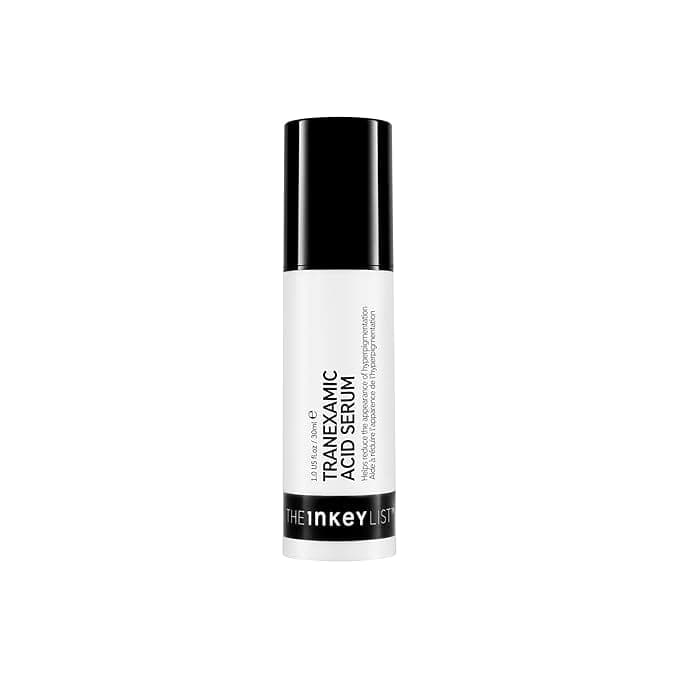
The INKEY List Alpha Arbutin Serum – with hyaluronic acid
https://amzn.to/3Guwe4H
How Does Aloe Vera Help Brighten Skin?
While aloe vera isn’t a direct pigment-fader, its soothing, hydrating properties help support skin clarity. By calming inflammation and supporting repair, aloe can reduce the appearance of post-acne marks and discoloration over time. It’s best used as a support ingredient alongside more targeted actives.
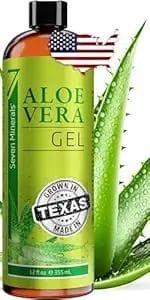
Seven Minerals Organic Aloe Vera Gel – made from freshly cut aloe, no xanthan gum
https://amzn.to/4lh2YOa
Can Rosehip Oil Fade Dark Spots?
Rosehip seed oil is packed with vitamin A, vitamin C, and essential fatty acids. It promotes cell turnover, supports collagen production, and can gradually improve discoloration and scars. Cold-pressed and unrefined versions retain the most nutrients.
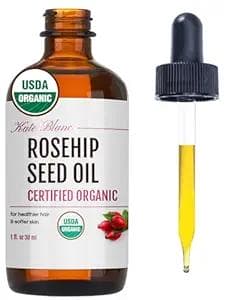
Kate Blanc Rosehip Seed Oil – USDA organic, cold-pressed
https://amzn.to/3IsBRks
What Role Does Papaya Play in Skin Brightening?
Papaya contains an enzyme called papain, which exfoliates dead skin cells and promotes renewal. It’s often used in masks or cleansers to smooth and brighten skin texture naturally. Combined with other fruit enzymes or AHA-rich fruits, it offers gentle exfoliation.
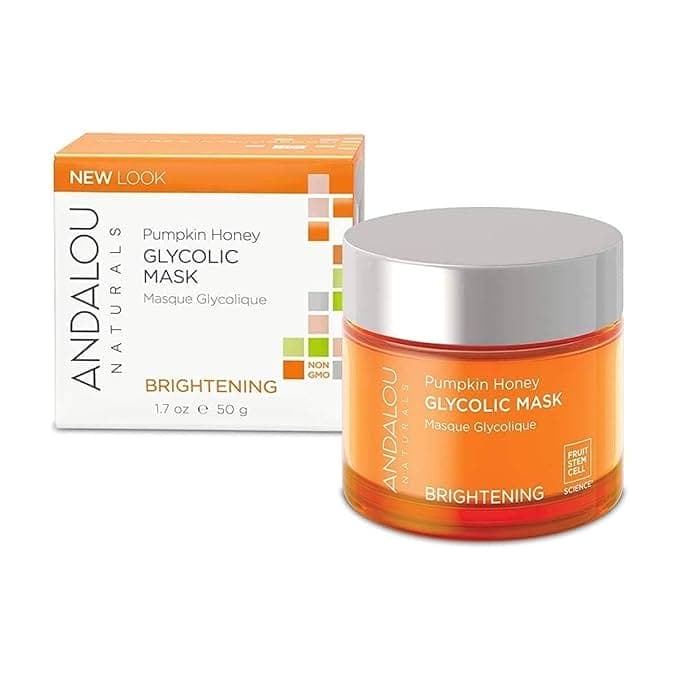
Andalou Naturals Pumpkin Honey Glycolic Mask – with papaya enzymes and AHAs
https://amzn.to/44OFJVC
Can Green Tea Help Fade Pigmentation?
Green tea is rich in EGCG, an antioxidant that fights oxidative stress and can reduce melanin production triggered by UV exposure. It’s especially good for calming the skin while targeting dark spots, especially those caused by sun damage or acne.
InstaNatural Green Tea Polyphenol Face Serum – with vitamin C and plant extracts
https://amzn.to/4nEBIea
Is Kojic Acid Natural?
Kojic acid is a byproduct of rice fermentation and often used in Japanese skincare. While technically a fermentation-derived acid, it’s widely accepted in natural and clean beauty circles. Kojic acid suppresses tyrosinase and is effective at fading sun damage and melasma. It’s best used in concentrations under 2% and paired with soothing ingredients.
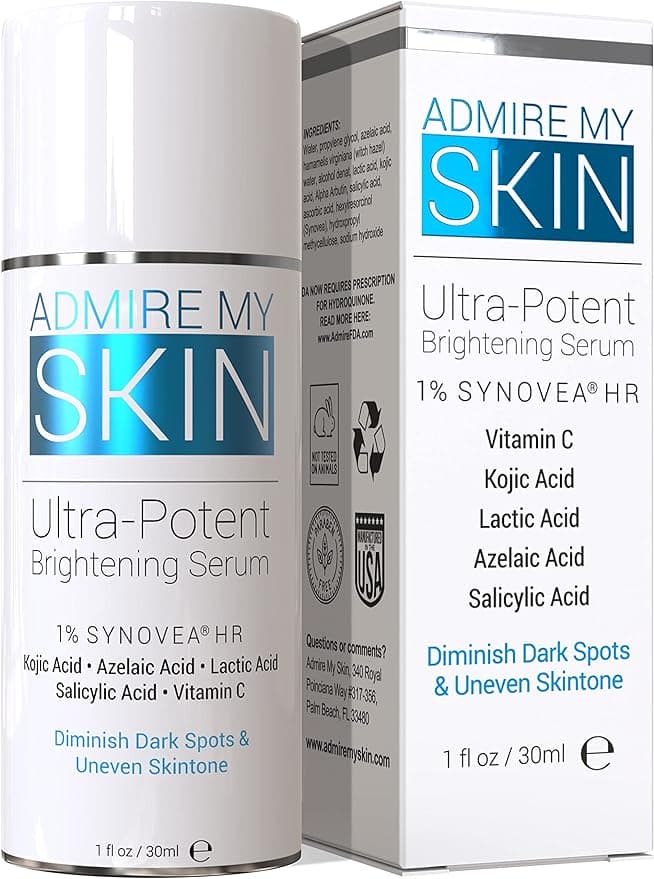
Admire My Skin 2% Hydroquinone Dark Spot Corrector – includes kojic acid, azelaic acid, & vitamin C
https://amzn.to/45UnrDF
Does Azelaic Acid Count as Natural?
Azelaic acid is found in grains like barley and wheat. It’s often synthesized for skincare use but is considered a safe, non-toxic compound with strong brightening power. It works well for melasma, rosacea-related redness, and acne discoloration.
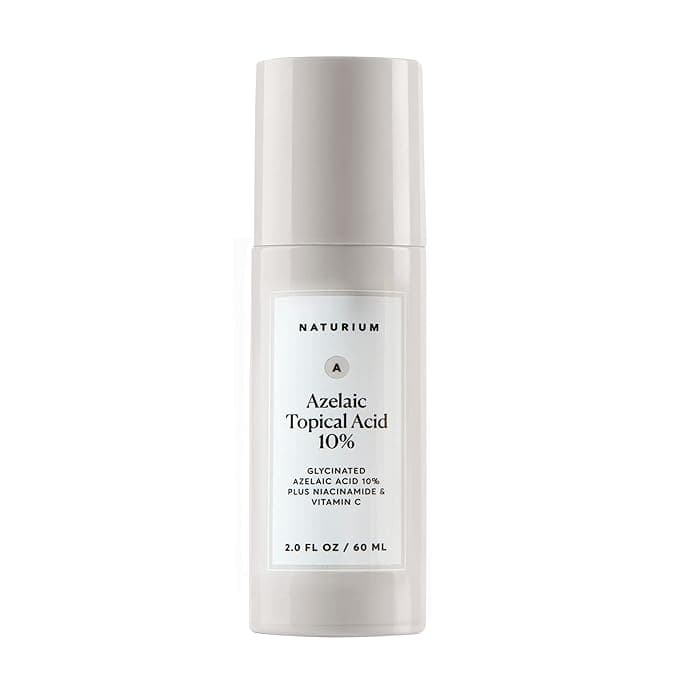
Naturium Azelaic Topical Acid 10% – with niacinamide and vitamin C
https://amzn.to/44x7CAu
Can You Use Natural Oils for Brightening?
Yes – certain oils like sea buckthorn, pomegranate, and carrot seed are rich in antioxidants and vitamins that support skin radiance and repair. While they may not fade spots dramatically on their own, they work well with actives and support overall glow.
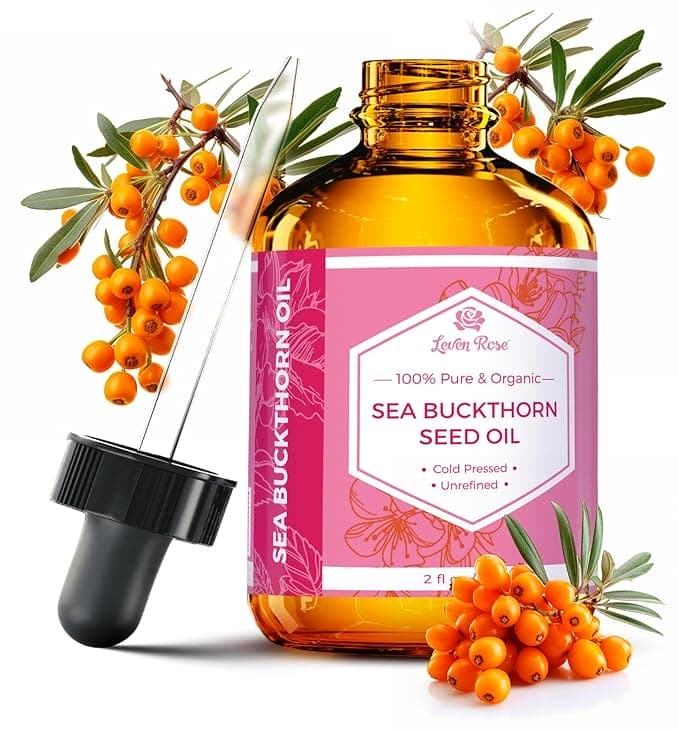
Leven Rose Sea Buckthorn Oil – 100% pure, cold-pressed
https://amzn.to/44f9ejj
How to Use These Ingredients Together?
The best results often come from combining ingredients that exfoliate, fade pigment, and nourish the skin. For example, using a vitamin C serum in the morning, a gentle enzyme mask once or twice a week, and a nourishing oil or licorice-rich cream at night creates a well-rounded routine.
Be mindful of layering actives like arbutin, kojic acid, and acids (like glycolic or azelaic). Start slow and alternate days if you have sensitive skin.
Can These Ingredients Replace Hydroquinone?
For many people, yes. Hydroquinone is a strong melanin inhibitor, but it can cause irritation, rebound pigmentation, or ochronosis (a bluish skin tint) with overuse. Natural alternatives like arbutin, kojic acid, and licorice root offer safer long-term options for most users. That said, results may take longer. Consistency and patience are key.
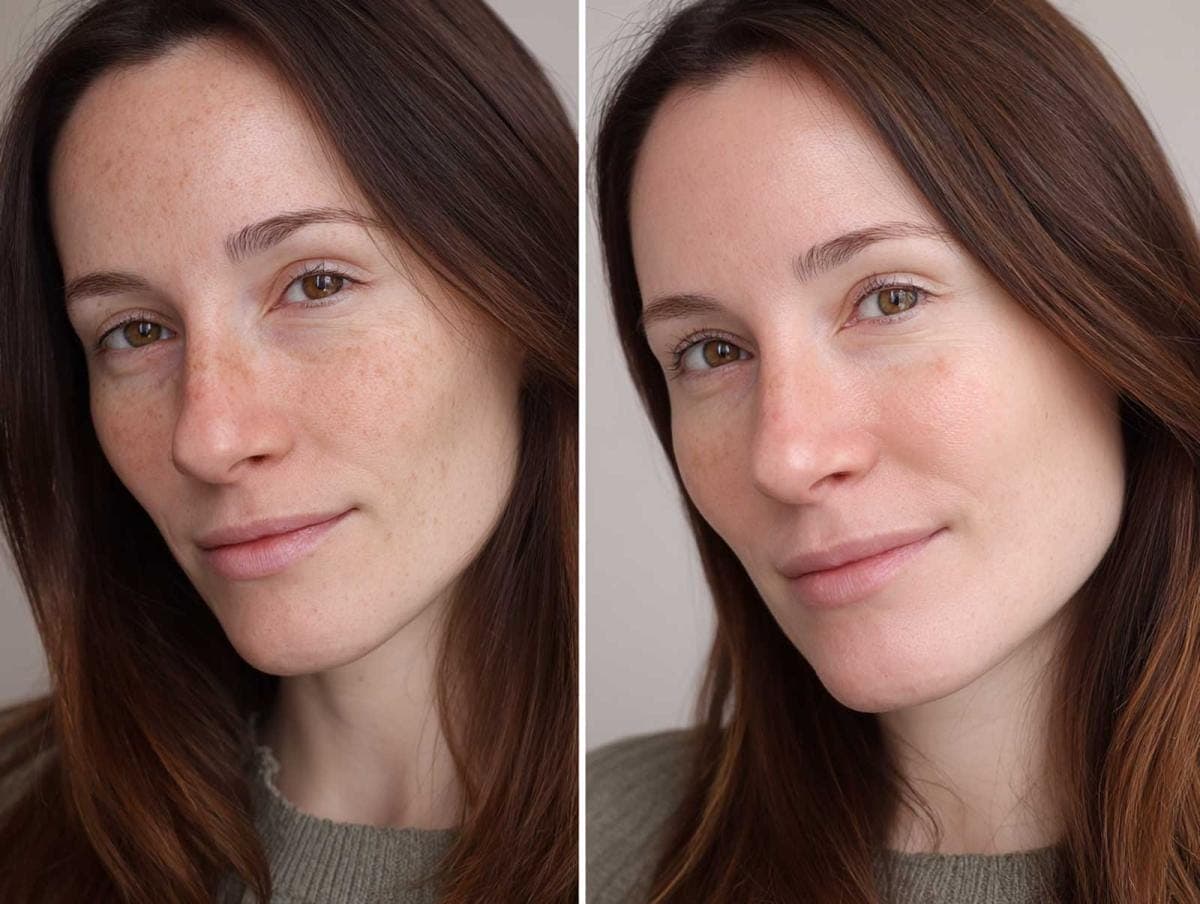
How Long Until You See Results?
With natural brightening ingredients, expect to see subtle changes in 4 to 8 weeks. Spot fading and tone improvement will be gradual, and sun protection is critical. Without sunscreen, any progress can quickly reverse.
Are These Ingredients Safe for All Skin Types?
Most of the ingredients listed here are safe for sensitive skin, especially aloe, niacinamide, and licorice root. Acids like kojic and azelaic can be drying or irritating for some, so patch testing is a good idea.
Always check full ingredient lists and avoid combining too many new actives at once.
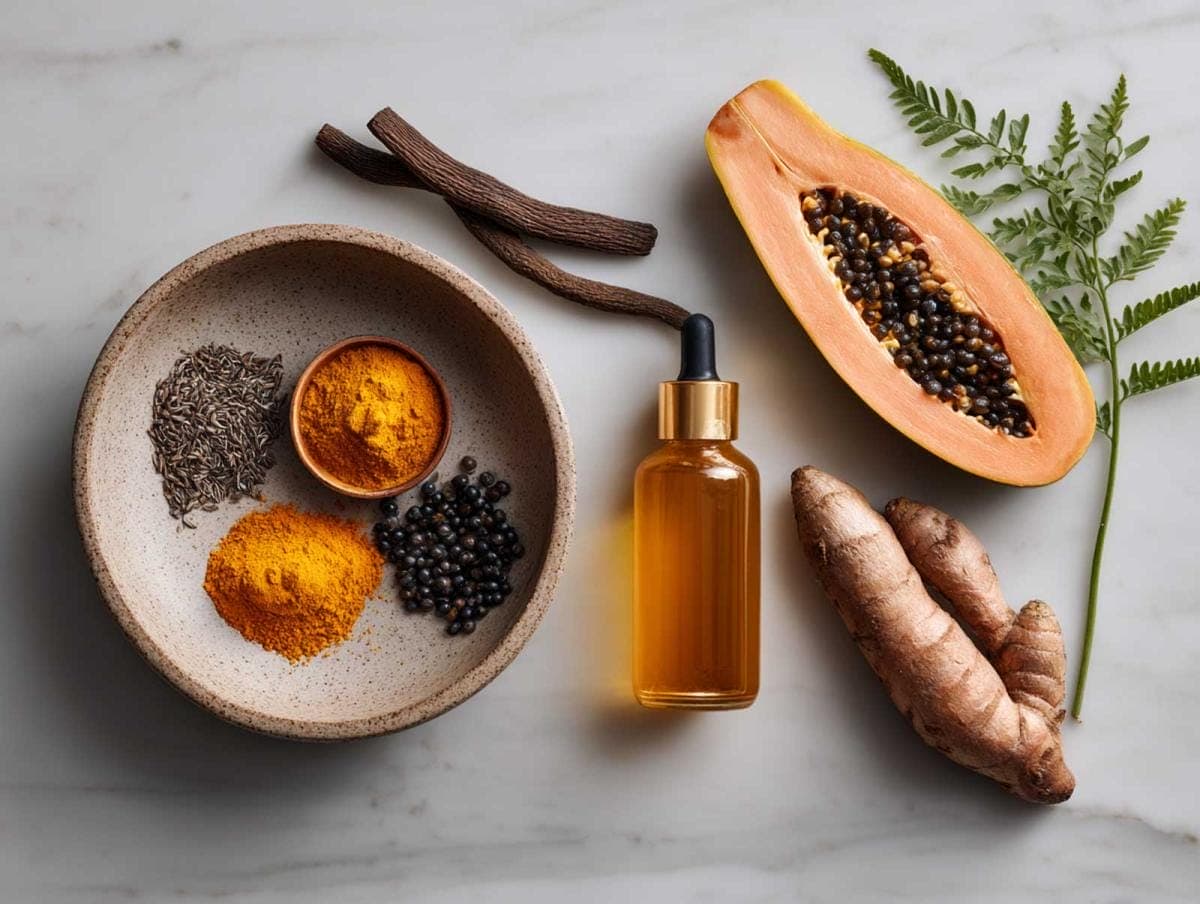
FAQs
Can I use vitamin C and niacinamide together?
Yes. Earlier concerns about them canceling each other out have been disproven. They work well in combination.
What natural ingredient is best for melasma?
Arbutin, kojic acid, and azelaic acid are considered the most effective natural-friendly options for melasma. Licorice root and vitamin C can help too.
Do natural brightening products really work?
Yes, but the results are gradual. Expect improvements over weeks, not days. Look for proven actives and stick with a consistent routine.
Can I make my own brightening treatments at home?
DIY turmeric masks or papaya scrubs can offer mild benefits, but pre-formulated products ensure safe concentrations and stable ingredients.
Nature doesn’t need to be weak. The right ingredients – even if they sound gentle – can deliver real change when used regularly and combined with smart sun habits. Whether you’re targeting post-acne spots, uneven tone, or dull skin, these plant-powered and fermentation-based ingredients offer a safer, effective path to brighter skin.




